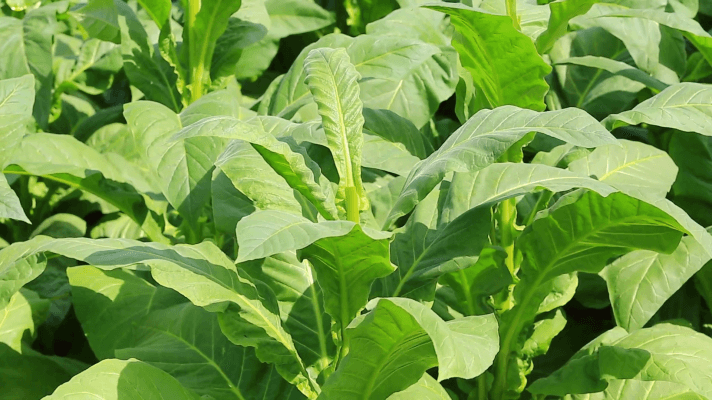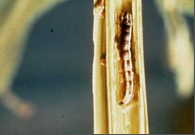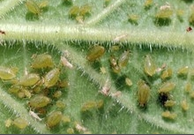General Information
Tobacco, widely grown non-food crop of the world. It is consumed in form of Cigars, bidis, cigarettes, cheroots, pipe and hookah. India is the worlds third largest producer of tobacco next to china and USA also India exported tobacco to more than 80 countries. Tobacco sector provide various jobs to rural India in agriculture sector as well as in manufacturing and distributions of tobacco products. It is cultivated all over India but Andhra Pradesh, Karnataka, Gujarat, Bihar, Tamil Nadu, west Bengal and Uttar Pradesh are major tobacco growing states.
In Maharashtra, near about 1, 955 hectares area is under tobacco cultivation. Sangli and Kolhapur are major tobacco growing district.
Because of many socio economical reason, Government and Agricultural department is trying to shift area under tobacco crop to other crops.










